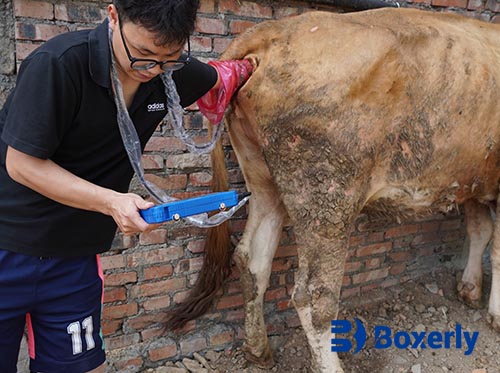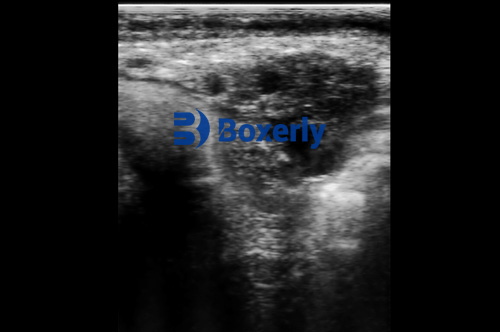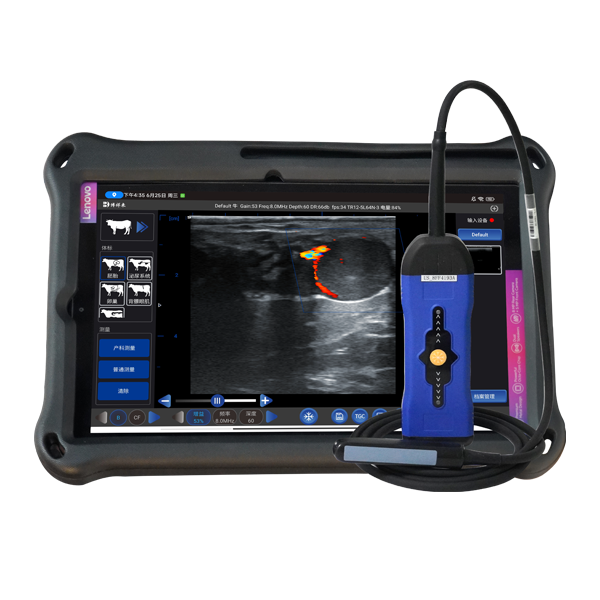In today’s fast-evolving world of livestock management and veterinary care, efficiency and accuracy are essential. As farms scale and profit margins tighten, the pressure to make timely and informed decisions about animal health has never been greater. One technology that has dramatically improved veterinary workflows and diagnostics is ultrasound imaging.
Veterinary ultrasound—used for decades in human medicine—has rapidly evolved to suit the demands of both large and small animal practices. In the livestock sector, it is particularly valuable for reproductive management, injury diagnostics, internal organ evaluation, and procedural guidance. With advancements in portability, image clarity, and artificial intelligence, ultrasound is no longer a luxury but a necessity on modern farms and in field practice.
The Time-Saving Power of On-Site Imaging
For livestock producers and veterinarians working in remote or rural areas, time is a scarce resource. Traditional methods of animal health evaluation—such as palpation or off-site lab tests—can be time-consuming, invasive, or delayed. portable ultrasound devices change that.
With real-time imaging available in the field, veterinary professionals can diagnose pregnancy, fetal viability, or internal injuries immediately. This not only speeds up decision-making but also reduces the need for repeat visits or sample collection.
A 2022 study published in the Journal of Dairy Science titled “Comparison of Reproductive Efficiency Metrics With and Without Ultrasound in Dairy Herds”found that farms using ultrasound reduced open days by an average of 11 days per cow. That translates into significant economic gains when scaled across a herd.

Improving Diagnostic Accuracy and Reducing Guesswork
Ultrasound provides veterinarians with visual confirmation. Whether confirming ovarian activity, identifying early embryonic death, or diagnosing liver abscesses in feedlot cattle, ultrasound enhances precision.
This leads to fewer misdiagnoses and less reliance on treatments “just in case,” which can be costly and counterproductive. Moreover, ultrasound imaging allows veterinarians to detect issues that may not yet be visible externally, giving them a head start in treatment and animal recovery.
According to the article “Ultrasound in Veterinary Medicine: Increasing Efficiency in Large Animal Practice” by Dr. Roberta Dwyer published by the University of Kentucky, incorporating ultrasound has helped practitioners reduce diagnostic errors by over 25% in reproductive examinations alone.
Enhancing Reproductive Management
Reproductive success is a cornerstone of livestock profitability. The sooner pregnancy can be confirmed—or ruled out—the quicker producers can make breeding decisions. Traditional rectal palpation can only reliably detect pregnancies at 35 to 45 days. Ultrasound allows detection as early as 25 days and provides more information, such as twin pregnancies and fetal heartbeat.
Timely rebreeding shortens calving intervals, improves herd fertility rates, and maximizes the number of productive animals per season.
Increasing Biosecurity and Reducing Stress
Another overlooked advantage of veterinary ultrasound is its minimally invasive nature. Unlike some diagnostic tools that require blood draws or internal tissue sampling, ultrasound generally only requires external contact with the animal’s body.
This not only reduces the stress placed on animals—particularly important for pregnant livestock—but also minimizes the risk of introducing pathogens via invasive procedures. In herd management, where disease control is paramount, this passive diagnostic method can contribute significantly to biosecurity protocols.
Cost-Effectiveness Over Time
While the upfront cost of an ultrasound device can be a concern for smallholders or new operators, the return on investment often justifies the expense. From reducing culling rates due to undiagnosed illness to improving reproductive efficiency, the long-term savings are substantial.
Furthermore, modern devices are more durable and affordable than ever. Entry-level units with sufficient imaging quality for livestock applications now cost a fraction of what similar equipment did a decade ago.

Integrating AI and Record-Keeping for Smart Herd Management
Recent innovations have brought AI-powered features to veterinary ultrasound. Some devices now automatically recognize structures such as ovaries, uterus, or fetus, helping even less experienced operators achieve reliable results. Additionally, integration with farm management software allows for automatic logging of pregnancy checks, fetal age, or medical anomalies.
This integration not only saves time but also creates a digital trail for better long-term herd health tracking. Veterinary ultrasound is thus becoming a central part of smart livestock farming.
Training and Adoption Are Now Easier
In the past, ultrasound use was limited to specially trained professionals. Today, many manufacturers offer intuitive user interfaces, online tutorials, and certification programs that make adoption easier for general veterinarians, herd managers, and even progressive farmers.
As accessibility increases, so does usage—and with usage comes improved herd health outcomes across the industry.
A Look to the Future
Veterinary ultrasound is not a stand-alone solution but a powerful tool in a wider ecosystem of animal health management. When used alongside other diagnostic and monitoring tools—like wearable sensors or herd management software—it contributes to a more holistic, data-driven approach to animal care.
In the years ahead, we can expect continued miniaturization, improved wireless connectivity, and AI advancements that make ultrasound even more impactful in both field and hospital settings.
References
-
Comparison of Reproductive Efficiency Metrics With and Without Ultrasound in Dairy Herds,” Journal of Dairy Science, 2022
https://www.journalofdairyscience.org/article/S0022-0302(21)00996-2/fulltext -
Ultrasound in Veterinary Medicine: Increasing Efficiency in Large Animal Practice” – University of Kentucky Extension, Dr. Roberta Dwyer
https://afs.ca.uky.edu/disease/ultrasound-efficiency
link: https://www.bxlimage.com/nw/1195.html
tags:








